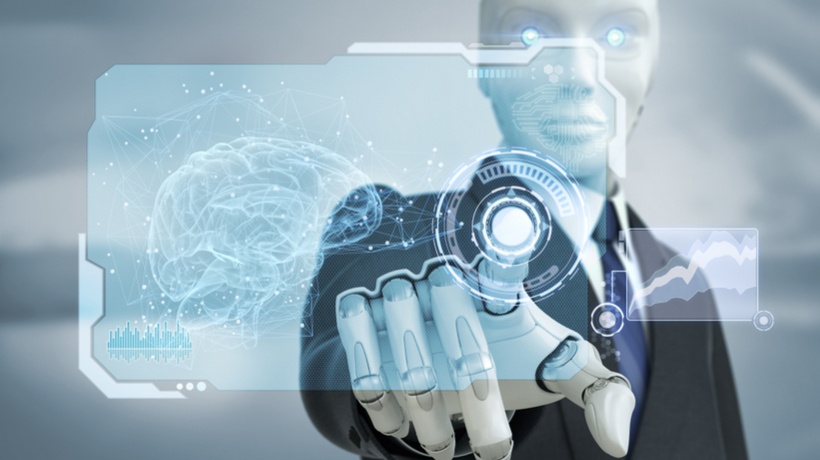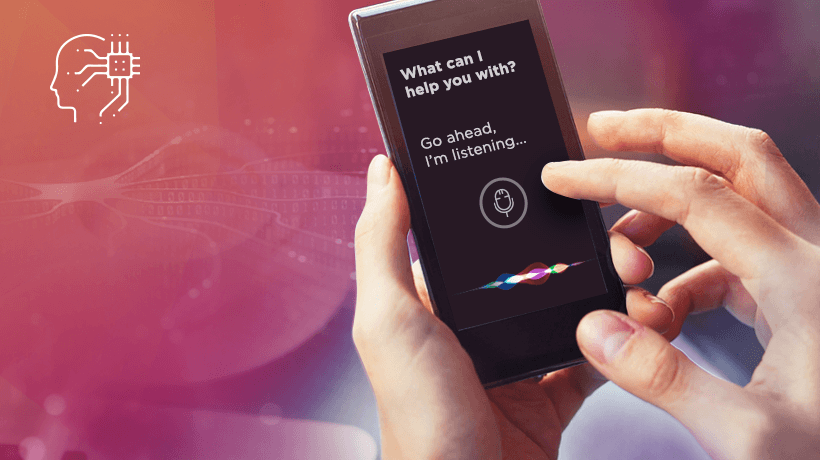Integrating An AI Virtual Assistant Into Your Organization
With a VA at their side, always on, always available, employees can be supported to increase efficiency and productivity while improving their performance and job satisfaction.

Moments Of Need
The real advantage VAs bring to the workflow is that they can respond quickly and efficiently to moments of real need.
Bob Mosher and Conrad Gottfredson have recognized 5 key moments where we as employees most need support:
- When we learn something for the first time.
- When we seek to learn more about something.
- When we try to apply or remember something or adapt performance to a unique situation.
- When we attempt to solve a problem or deal with something that has gone wrong.
- When something changes that requires a change in how our work gets done.
These are moments we regularly encounter at work. Yet even the most extensive training program can’t cover these needs entirely. But a well-integrated Virtual Assistant can give you the resources and information at these critical moments, where you need them, to allow you to respond effectively and in time.
Virtual Assistants In The Workflow
We’re becoming increasingly familiar with Virtual Assistants in our daily lives. Think of Amazon’s Alexa or Apple’s Siri. We use them unconsciously to help us find out stuff.
Now, imagine the effect of such devices and apps offering access to the information you need to do your job, and do it better, right when and where you need them.
Integrating a VA into an organization, giving access to its resources, and training in its processes and culture can reap big dividends. But it needs to be embedded in the workflow and not, like eLearning in an LMS or training in a classroom, divorced from the work environment.
Let’s look at areas where a VA at work can have the most impact.
Onboarding
Consider the support new employees need from Human Resources when they first join the organization. The vital onboarding process tends to happen first, meaning days, even weeks of training in the basics of their job and an introduction to HR procedures. And how much of that can someone take in at one go?
Now, imagine that instead of pushing all this information at new employees, you had a Virtual Assistant who could guide them through all the processes and information they need at their own pace where and when they need it.
A VA could, for example, respond instantly to questions on procedures for expense requests, how to order IT equipment, how to comply with health and safety and so on when they arise. Instead of being swamped with too much at one go, a new employee can digest the information in bite-sized chunks.
Learning As You Work
Access, relevance, and context are key considerations when we’re communicating or imparting information. Even in this age of connectivity, too often training is inaccessible and removed from the point of need. Digital resources can be locked up in an LMS or too unwieldy to use on the job. A VA can unlock those resources and deliver the right information as and when it’s needed.
Think of employees who are away from their desks—in off-site meetings, on the factory floor, fixing appliances in customers’ homes. With a Virtual Assistant, they’ll be able to pose the question and have the information they need to perform the task or answer the query at their fingertips on smart, mobile devices.
VAs can also change the way we learn by encouraging collaborative working practices and sharing information more efficiently. There’s always the problem that too much information and learning are stored in the heads of experts and not to hand when you need it. With a VA you can have instant access to expert knowledge and advice all the time.
VAs promote continuous learning, breaking the pernicious cycle of learning and forgetting. Most learning sticks by engagement and relevance. With a VA playing the role of mentor and learning buddy you have the prospect of continuous and personalized support and learning while you’re working.
In short, VAs deliver learning and support at the point of need and just in time.
Enhancing Efficiency
Virtual Assistants in the form of chatbots are now becoming common online. There are chatbots to answer financial queries, provide customer support, diagnose healthcare issues, and even offer counseling. They’re already starting to make an impact on general education and corporate learning.
Virtual Assistants can be like a human PA, but able to access and filter a vast amount of data and always ready to respond with relevant information. You can use a VA to organize and manage your working week with prompts, reminders of meetings to attend, and tasks to complete.
It can advise you on training schedules and recommend actions based on past performance. It can be tailored to your needs and performance. Its service is both personal and personalized.
The influence of VAs can be extended to have an impact on teams and organizations. Virtual Assistants like chatbots can live and operate within workflow management apps like Slack and Trello.
These apps allow you to manage projects and plan events better by enabling people to manage their own schedule, keeping the plan up to date, while sharing information across the team—all in real time and accessible on multiple devices. The bot within the app can, at the same time, perform the roles of a project manager, coach, and flag deadlines. The result is improved communication and greater personal responsibility.
Supporting Performance
VAs are already having a huge impact on on-the-job performance.
Chances are that when you use the chat function of a website you’re not chatting to a human, but a bot. Bots can be trained to answer the basic queries to which most customers need answers. And they can marshal a great deal more information a lot quicker than a human support agent.
This frees up humans to use the skills bots don’t have: namely, the creative and empathetic understanding needed to deal with complex customer needs.
Imagine a technician who’s gone out of the office to fix a problem. With access to a VA via mobile connectivity, he or she has all the information and resources to hand to resolve a technical query on the spot. The employee can do the job without the need for manuals, job aids or calling out a more experienced agent.
In healthcare, the introduction of VAs means healthcare professionals have easy, direct and instant access to patient information and schedules. This gives them the time and support to concentrate on their real task of dealing with people’s healthcare needs.
VAs Help Real Workers Work Better
VAs can be there where you normally work, so you don’t need to take time away from the job or learn a whole new system. Feedback from the interaction between employees and VAs benefits the entire organization by showing how knowledge is used and where it is ill-targeted, incomplete, or just plain missing. That feedback can be used to fill the gaps and improve support to frontline employees.
AI-driven Virtual Assistants enhance the work experience rather than replace it. A lot of tasks involve repetition and drudgery. The VA takes that monotonous work from a human agent and opens up more time for more creative, high-end, high-value activity where human beings excel.
Virtual Assistants aren’t just about performing routine tasks faster. Properly integrated into the workflow, they allow employees to perform better too.
Sources:
- Epic to integrate Nuance AI virtual assistant into EHR
- 3 Ways to Work with a Virtual Assistant Using Trello
- The Future Of Work: The Intersection Of Artificial Intelligence And Human Resources
- 8 Examples of Artificial Intelligence (AI) in the Workplace








